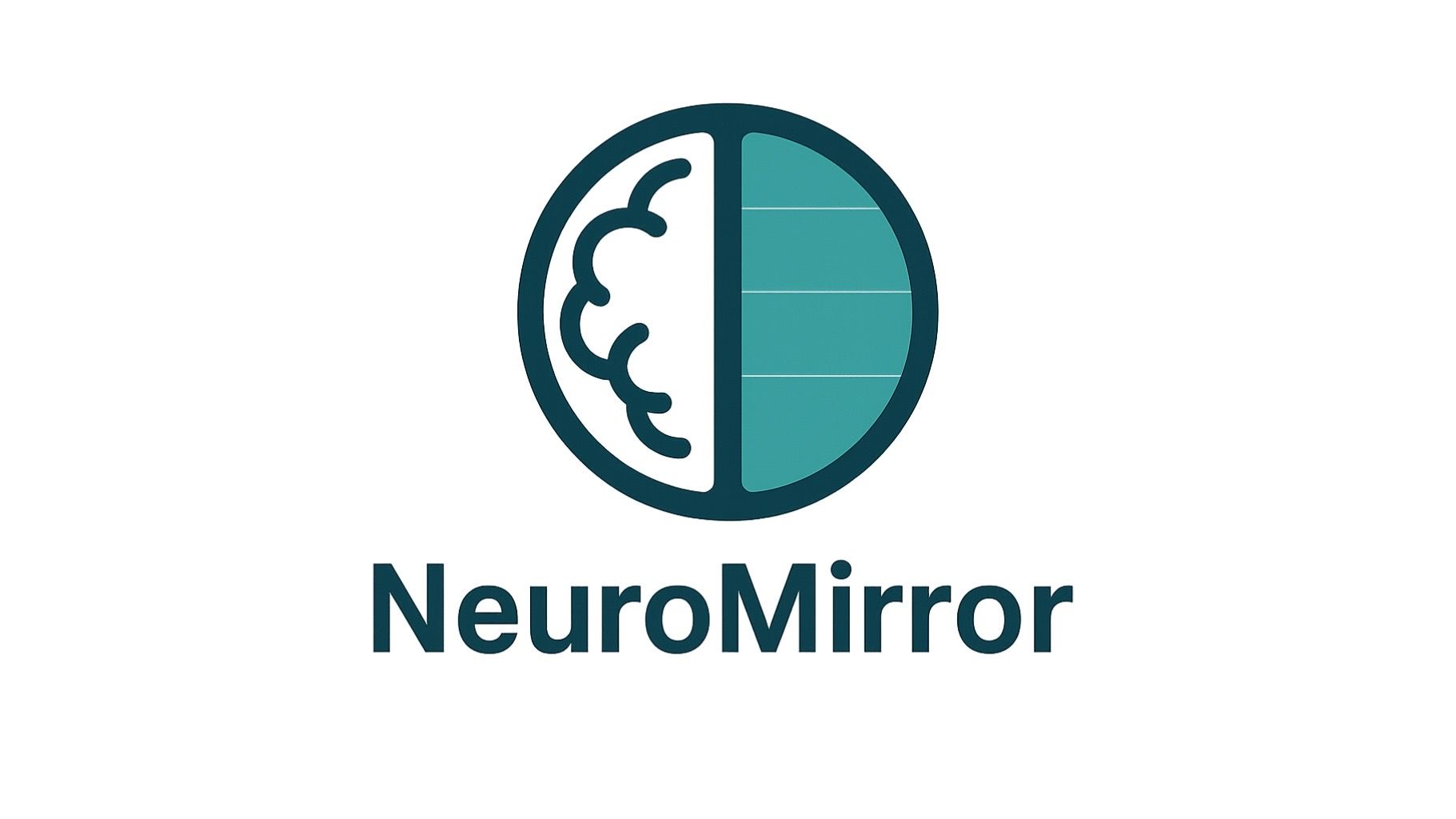Interactive AI Sessions: Safe and Engaging Therapy for Children
Understanding Interactive AI Therapy
In recent years, technology has paved the way for innovative therapeutic approaches, and one such advancement is the use of interactive AI sessions for children's therapy. These sessions offer a safe and engaging environment for children to express themselves and work through challenges. By combining artificial intelligence with therapeutic methodologies, interactive AI therapy provides personalized experiences that adapt to each child's unique needs.
Interactive AI therapy leverages sophisticated algorithms to analyze children's responses and adjust interactions accordingly. This ensures that the therapeutic process is both dynamic and responsive. Through the use of virtual avatars and engaging scenarios, children can feel more comfortable and open during their sessions.

The Benefits of Interactive AI Sessions
Personalized Engagement
One of the primary advantages of interactive AI therapy is its ability to tailor sessions to each child's preferences and challenges. The AI can adjust the difficulty level of tasks and the complexity of interactions, ensuring that children remain engaged without feeling overwhelmed. This personalized approach helps in building trust and rapport between the child and the therapeutic process.
Safe and Controlled Environment
Interactive AI sessions provide a controlled environment where children can explore their emotions and behaviors safely. The virtual setting allows children to experience different scenarios without real-world consequences, making it easier for them to process their feelings and reactions. This safety net is crucial in helping children develop coping strategies and resilience.

How AI Enhances Traditional Therapy
While interactive AI sessions provide numerous benefits on their own, they can also complement traditional therapeutic methods. By incorporating AI into existing therapy programs, therapists can gain deeper insights into a child's progress and tailor future sessions more effectively. This combination of traditional and AI-enhanced therapy can lead to more comprehensive treatment plans.
Furthermore, AI can assist in tracking a child's progress over time, providing data on behavioral patterns and improvement. This information is invaluable for therapists who can use it to adjust their techniques and approaches based on the child's evolving needs.
Implementing Interactive AI in Schools
Schools are increasingly recognizing the potential of interactive AI therapy as a tool for improving student well-being. By integrating these sessions into school programs, educators can provide students with additional support, ensuring their emotional and psychological needs are met. This proactive approach can lead to better academic performance and overall well-being.

Collaboration with Educators
Successful implementation of interactive AI therapy in schools requires collaboration between therapists, educators, and parents. By working together, these stakeholders can ensure that children receive consistent support both at school and at home. Regular communication and feedback loops help in refining the therapeutic approach and achieving the best outcomes for children.
Future Prospects of AI in Child Therapy
The future of interactive AI sessions in child therapy looks promising. As technology continues to advance, these AI systems will become even more intuitive and effective. Researchers and developers are constantly exploring new ways to enhance the capabilities of AI, making it an ever-evolving tool in the field of mental health.
With ongoing developments, interactive AI therapy has the potential to reach more children worldwide, breaking down barriers to access and providing support to those who may not have had it otherwise. This democratization of therapy could significantly impact global mental health outcomes for young individuals.
